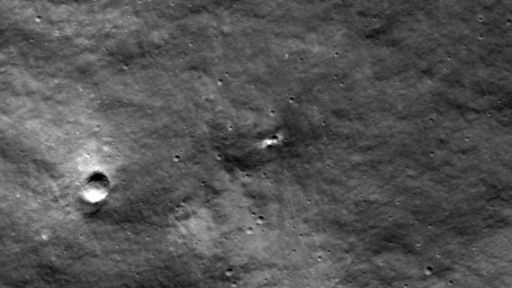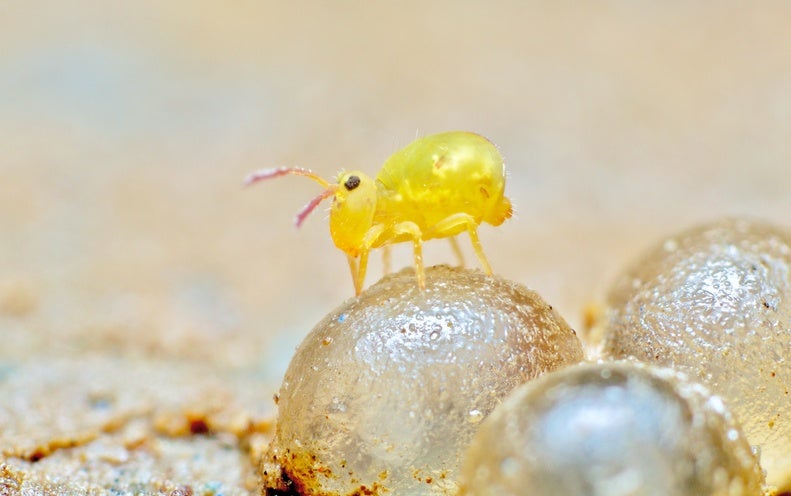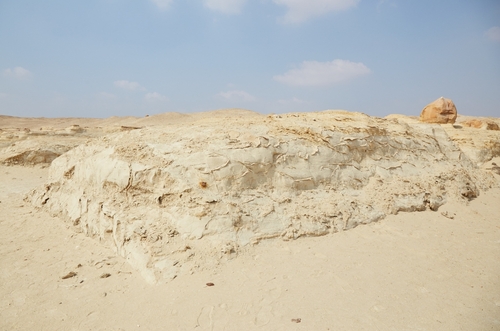Following its arrival in Coventry, U.K., Dippy the Dinosaur drew over 10,000 visitors in its first week on display. The opening marked the beginning of Dippy’s three-year stay at the Herbert Art Gallery and Museum.
Dippy is a Diplodocus, or more specifically, a Diplodocus fossil. Diplodocuses were gigantic dinosaurs that lived in the Late Jurassic Period, about 161 to 145 million years ago. The behemoth fossil itself is over 85 feet long and likely weighed between 22,000 to 30,000 pounds when alive.
Read More: Meet Ceratosaurus, The Great Horned Beast Of The Jurassic Period
What is a Diplodocus?
Diplodocuses were giant dinosaurs, like the brontosaurus, and were some of the largest creatures to exist at the time.
While Dippy was just over 85 feet long, the Diplodocus could actually grow up to 92 feet in length, according to current fossil records. However, Dippy was near the peak of a Diplodocus’ possible weight since the max weight of a Diplodocus was around 30,000 pounds. This is much lighter than other dinosaurs of a similar size. For example, an Apatosaurus of the same length would have weighed twice as much as a Diplodocus.
Much like other large dinosaurs, the Diplodocus achieved its extreme size as an herbivore. It had pencil-like teeth that it used to strip the leaves off low-growing plants and with an extremely long neck, it had plenty of plants to choose from.
Researchers have found nearly every Diplodocus fossil in the Morrison Formation in the western U.S. This suggests that Diplodocuses likely stuck to one area during their time on Earth. Additionally, Diplodocus fossils are often found in similar areas to both Allosaur and Stegosaurus fossils.
A Famous Fossil
The original fossil that Dippy the Dinosaur is based on was discovered in the state of Wyoming in 1899. Andrew Carnegie purchased the fossil to have as a centerpiece in his museum in Pittsburgh. The actual fossil of Dippy remains on display there today.
In 1905, a cast of Dippy was gifted to the Natural History Museum in London and remained there for over 100 years before beginning a tour of the U.K. in 2017.
While it may seem like Dippy is one complete cast, it is made up of the remains of five different Diplodocuses. There are 10 other fossil casts like Dippy around the world, including ones in Paris, Madrid, Berlin and even La Plata, Argentina.














